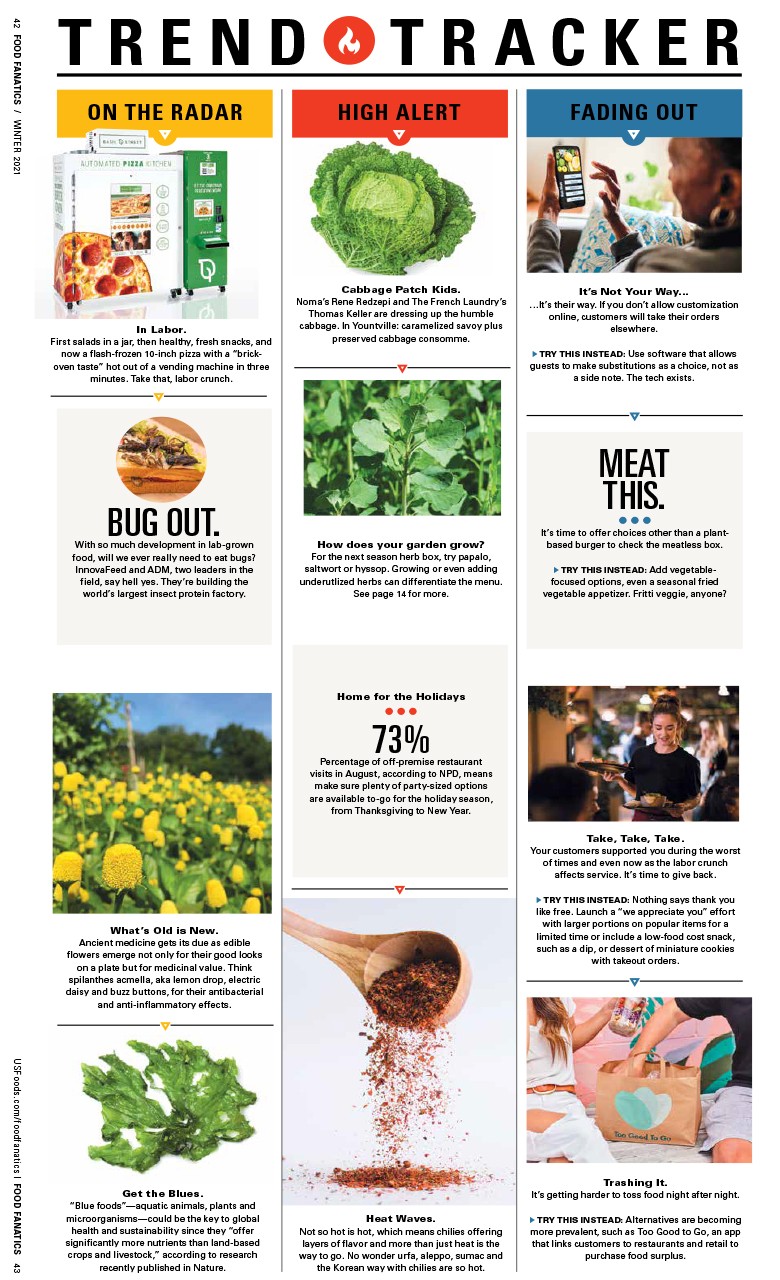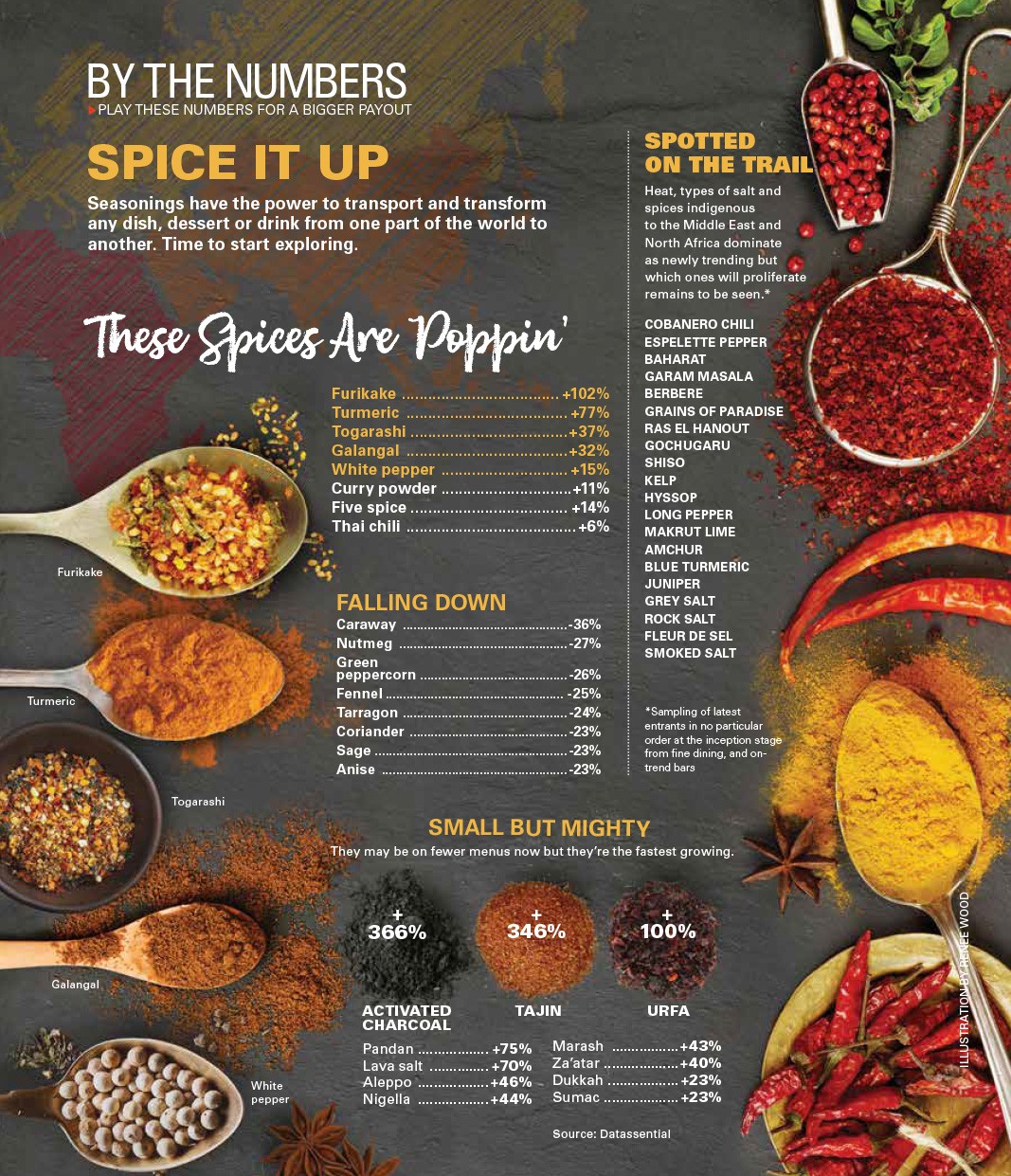Drop More Acid
Housemade vinegars reduce food waste, control costs and offer endless applications
Of the fermentation methods chefs have embraced, making vinegar is the easiest, cheapest and most profitable.
Instead of tossing overripe fruit, excess inventory, leftover wines and food scraps, they can be used to make vinegars for little to no cost.
“The variety is infinite,” says chef/author Jonathon Sawyer in his book, “House of Vinegar: The Power of Sour, with Recipes.” “If you can dream of a type of vinegar, then you can make it.”
For Sawyer, whose restaurants include The Greenhouse Tavern and Noodlecat in Cleveland, the vinegar journey began nearly 20 years ago with a simple red wine and beer vinegar that has evolved to more complex renditions, such as a signature umami vinegar of mushrooms, Parmesan rinds, prosciutto and other ingredients. Here’s to dreaming big.
HOW
BY THE GLASS
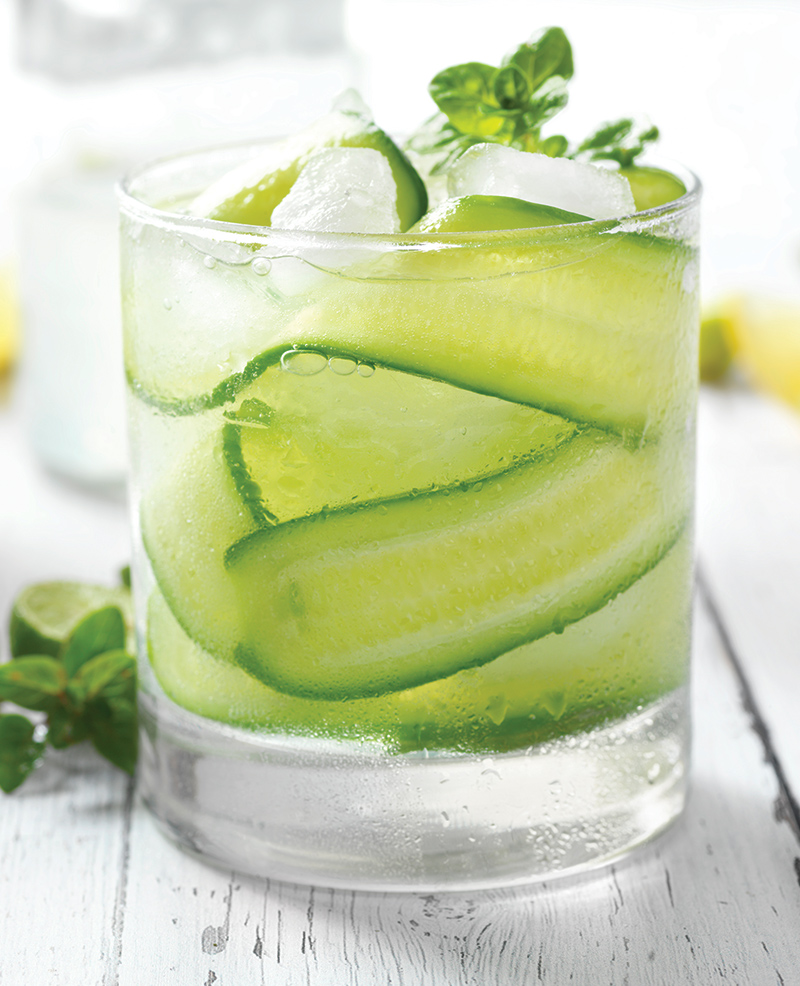
Any ingredient containing ethanol – such as beer, Champagne, cider, liqueur or wine – can be made into vinegar (schnapps and cream soda; begonia flowers and Gewurztraminer; cucumbers and vodka). Acidic fruits, from strawberries to pineapple, also become vinegar over time.
– Jonathon Sawyer, chef and vinegar expert
BY THE BARREL
Russell Moore barrel ages wine to make vinegar. He started with a vinegar he made 15 years ago while working at Chez Panisse in Berkeley, California. That vinegar inoculated a batch of fresh, light-bodied red wine, allowing the still-active Acetobacter in the old vinegar to multiply and consume all the alcohol in the new juice.
Aging it in oak barrels allows it to develop depth and body. Until he closed his restaurant Camino in Oakland, California, last year, Moore used wine left by guests and sample bottles from wine salespeople to make vinegar.
TASTE AND STAY SAFE
Housemade vinegar is ready when the ingredients are fermented to the acidity of your liking, so just taste it during the process. For optimal results, chefs and experts say to heed the following:
- Start with the vinegar in a glass, plastic or a wood barrel
- Depending on the ingredients, the contents need to breathe, so cover and secure the top with cheesecloth
- Low-acidic ingredients need a jump start; use an aerator
- Vinegar can be pasteurized by heating it to 170°F
- Though not necessary, a hydrometer measures sugar content, a refractometer measures alcohol level and pH strips determine acidity. Store the vinegar in a sterilized container
BY THE BOOK: VINEGAR GURUS
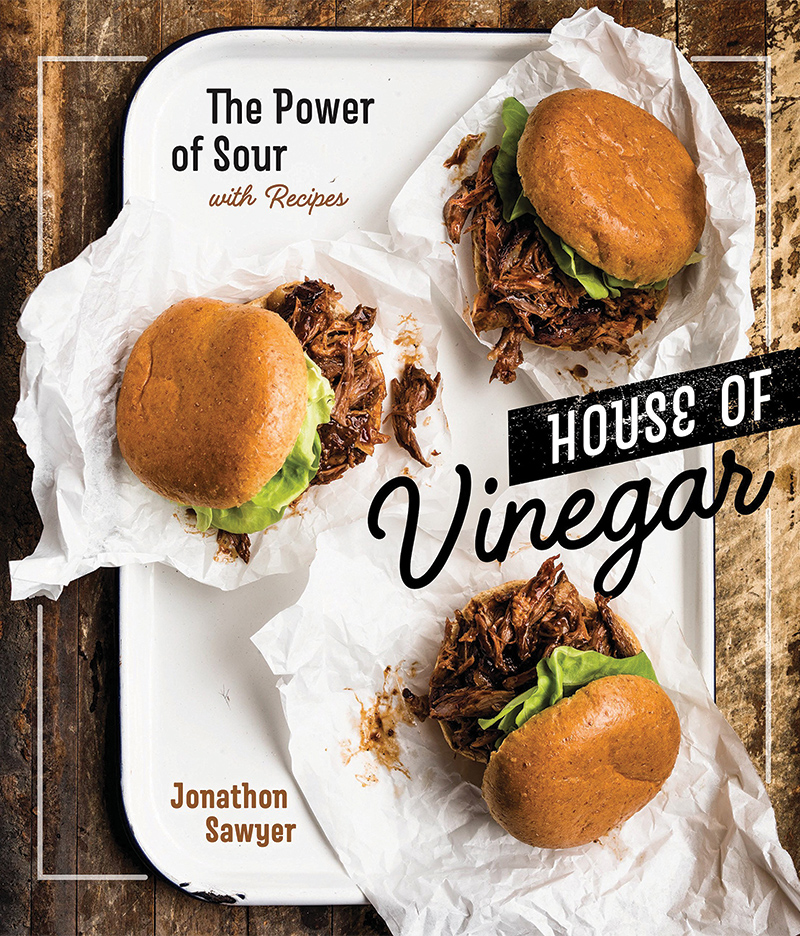
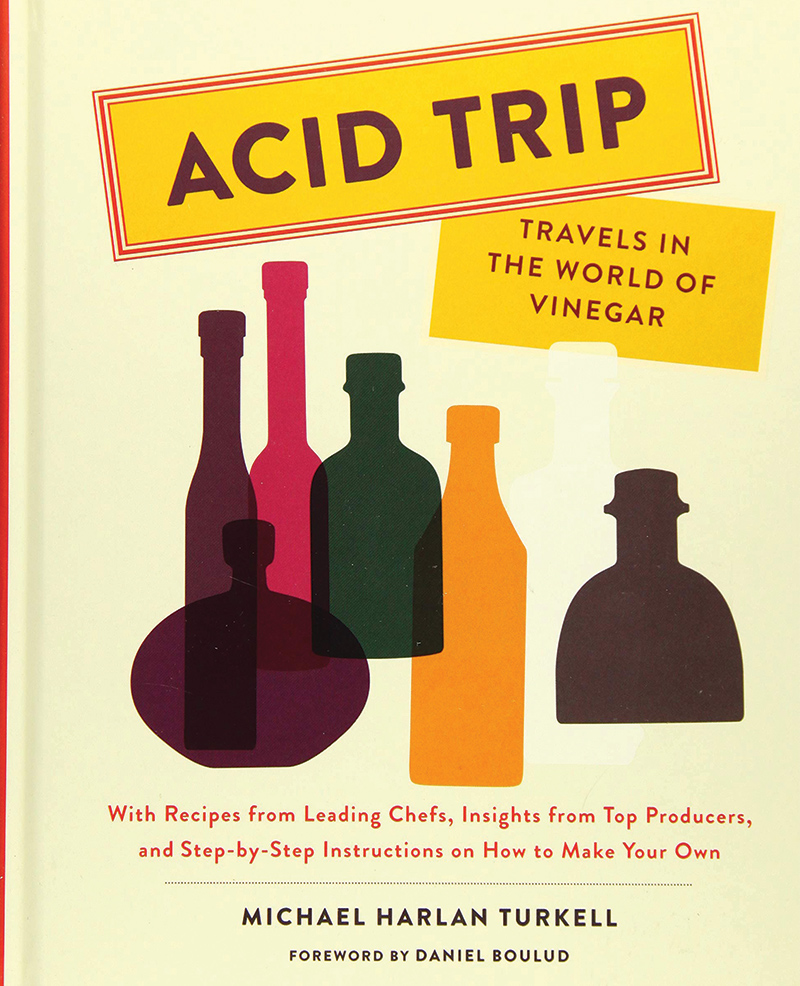 Until recently, reliable resources to help start vinegar projects didn’t exist, but now a handful of new and updated books provide guidance and recipes.
Until recently, reliable resources to help start vinegar projects didn’t exist, but now a handful of new and updated books provide guidance and recipes.
“House of Vinegar: The Power of Sour, with Recipes,”
by Jonathon Sawyer (Ten Speed Press)
“Acid Trip: Travels in the World of Vinegar,”
by Michael Harlan Turkell (Abrams)
“The Noma Guide to Fermentation: Including koji, kombuchas, shoyus, misos, vinegars, garums, lacto-ferments, and black fruits and vegetables,”
by Rene Redzepi and David Zilber (Artisan)
“Vinegar Revival: Artisanal Recipes for Brightening Dishes and Drinks with Homemade Vinegars,”
by Harry Rosenblum (Clarkson Potter)
Just Vinegar It
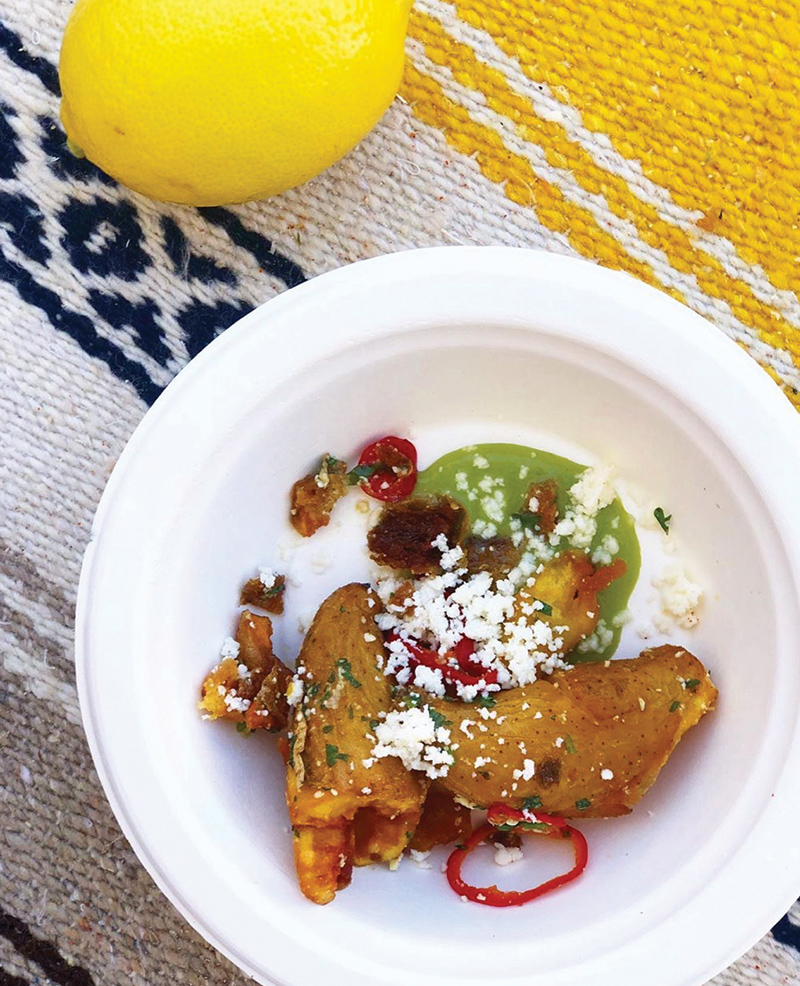 Manzano (chili) vinegar to accompany potatoes, Cotija cheese and avocado salsa at Broken Spanish in Los Angeles
Manzano (chili) vinegar to accompany potatoes, Cotija cheese and avocado salsa at Broken Spanish in Los Angeles
Chamomile vinegar to pickle chanterelles that Portland, Oregon, Private Chef Sebastian Carosi includes on a cheese board or to cut the weight of smoked Gouda grits
Celery vinegar for a sauce on a roast chicken with braised celery, caramelized cauliflower, toasted pine nuts and golden raisins
Chili vinegar for whatever diners want at Phuc Yea in Miami, from summer rolls to smoked short rib
Dill vinegar for pickling green tomatoes that garnish Turkish-style dumplings, black mint and burnt pecan at Petra & the Beast in Dallas
Strawberry vinegar to finish a syrup for shortcake and blueberry vinegar on rosemary-roasted porchetta at Ravinia concepts in Highland Park, Illinois
Sugar cane vinegar for the market fish dip that Chef/Owner Miguel Trinidad serves at Maharlika in New York
A WORD ABOUT YOUR MOTHER
You don’t need one. One of the most persistent myths about vinegar is that you have to start it with a float raft of slimy-looking cellulose that forms as the bacterial byproduct of alcohol transforming into acetic acid.
“It’s very poetic to say to somebody, ‘I’m gonna give you a piece of my mother,’” says Brooklyn Kitchen’s Harry Rosenblum. Although a mother does contain live Acetobacter – and it can protect your vinegar from other microbes getting in, “Really you just need raw vinegar, because there’s enough bacteria in that.”
GRAPEFRUIT VINEGAR USES
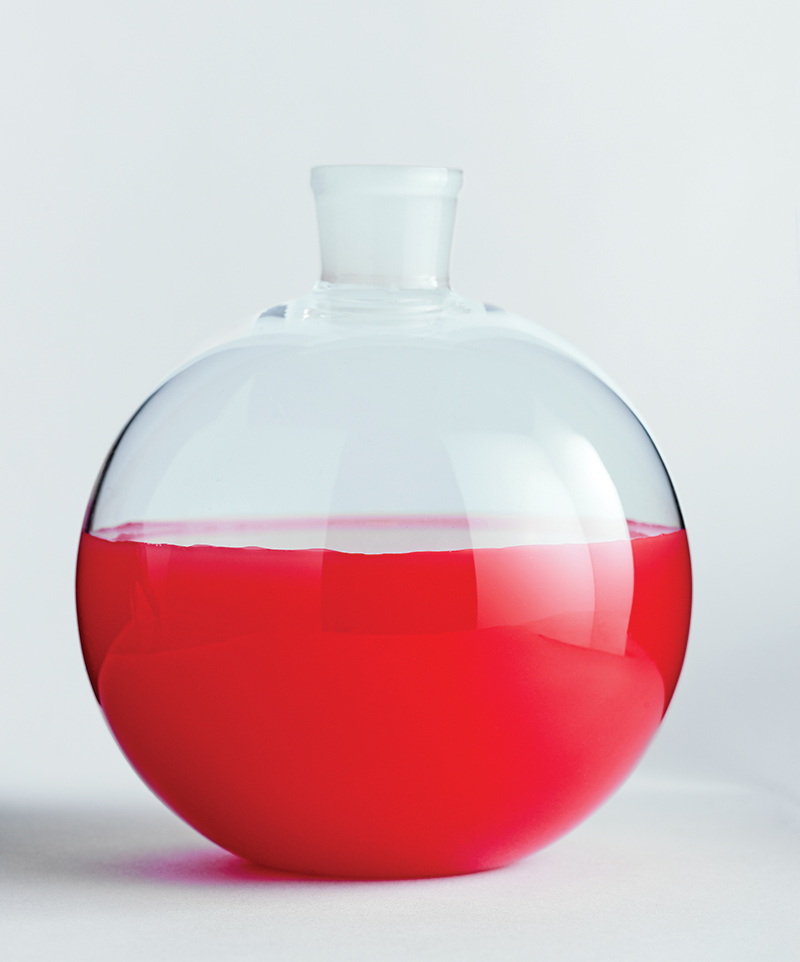
> At The Norseman Distillery in Minneapolis, the Pamplemousse cocktail features “tehkeela,” grapefruit kombucha, grapefruit, grapefruit vinegar and grapefruit oleo
> Blue cobia, served at Michael Schwartz’s Tigertail + Mary, in Miami, is paired with braised fennel, white anchovy and a citrus emulsion
HONEY VINEGAR USES
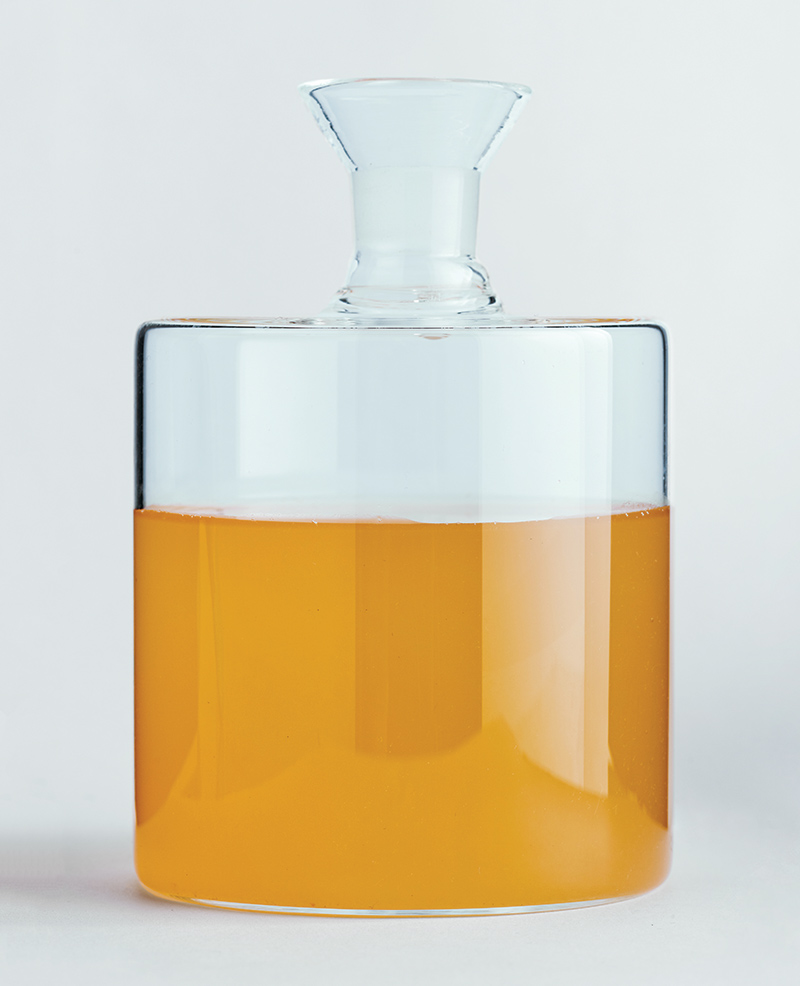
> Brooke Williamson of Hudson House in Los Angeles uses black vinegar honey for cheesy meatballs with quinoa crunchies and hot sauce
> Matthew Accarrino of SPQR in San Francisco makes honey vinegar gelée for honey panna cotta with whipped honey. Honey vinegar also spikes sorbetto and dressings
> Honey vinegar brightens burrata with peaches, hibiscus, puffed farro and shiso at The Bellwether in Studio City, California
COCONUT VINEGAR USES
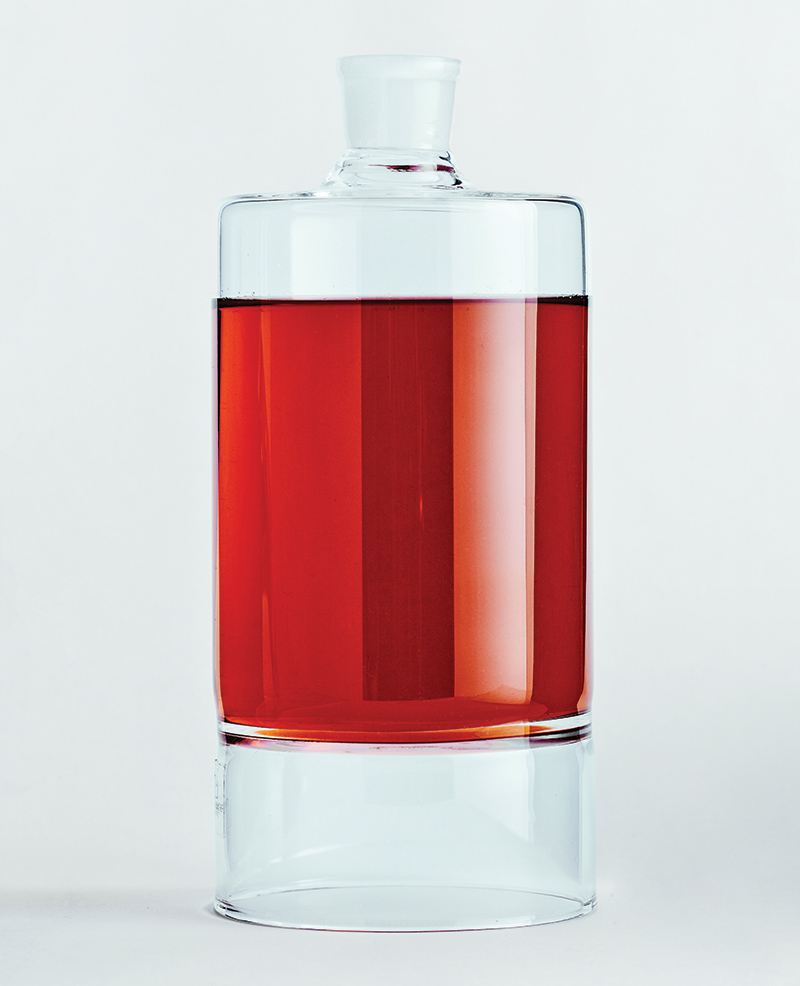
> Chef Carlo Lamagna of Magna in Portland, Oregon, uses coconut vinegar for his chicken inasal and chicharrones
> La Condesa in Austin, Texas, includes coconut vinegar to amp up guacamole topped with crab, apples and vinegar
MALT VINEGAR USES
> Mike Bancroft of Sauce and Bread Kitchen in Chicago uses malt vinegar and rice vinegar for charred Brussels sprout giardiniera
> Malt vinegar aioli serves as the dipping sauce for crispy corn and salt cod fritters, an appetizer at Somerset in Chicago
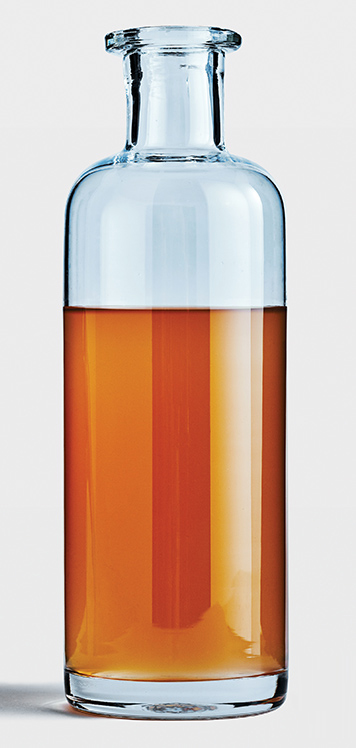
RED WINE VINEGAR USES
> Cleveland chef/owner Jonathon Sawyer makes red wine vinegar with quality leftover wine. It’s a part of the housemade XO sauce that’s used to amplify the umami quotient in pasta, pizza and salads
> The acidity from the red wine jus balances the flavors in a flat iron steak with bacon, greens, mushrooms and garlic purée at The Royal Tern in Charleston, South Carolina
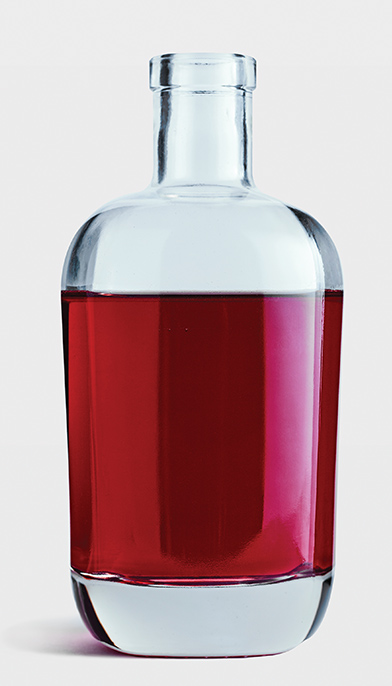
Produce that Produces
- BANANA PEELS
- BLUEBERRIES
- CARROTS
- CELERY
- GINGER
- MIREPOIX
- ORANGES
- RUBY RED GRAPEFRUIT
- STRAWBERRIES
NEEDS A HELPING HAND
Foods low in sugar, such as celery, require a fish tank aerator to start the oxidation that Acetobacter needs to thrive and convert the alcohol into acetic acid.


